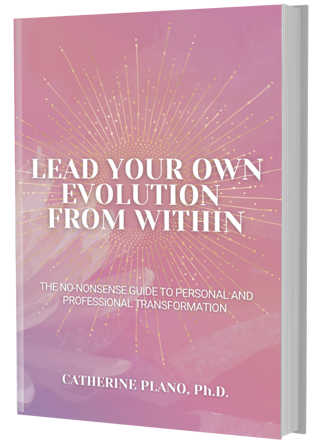To be an effective leader in times of constant change, it’s critical to understand the difference between ‘change’ and ‘transition’. Change is an external event or situation where a shift takes place or when something ends … and then there is a new beginning.
Change can occur quickly and sometimes it’s imposed, like the closing of a department due to changes to the business or economic circumstances. At other times, change is a decision that you make for yourself – like making a change in your career, deciding to work for another organisation, or it can be a personal life change.
Transition on the other hand, is an internal process … the action you go through when dealing with the external event. Some people thrive on change, so they are more likely to be optimistic, and excited, and for them this makes the internal process of transformation swift, because they’re ready to embrace and adapt to new circumstances and get themselves prepared quickly.
Other people need more convincing. They may find change confronting, scary and their response is to get angry, head into denial, become fearful and desperate, before they are able to move up the emotional scale to hope, relief and optimism.
Our cognitive, emotional, psychological, social, cultural and behavioural responses to change are dependent on many factors and how people respond is never easy to predict.
A comfort zone is a beautiful place, but nothing ever grows from there …
So, if change is an event in our external world that happens for us, and the way we respond is through transition (the psychological process that happens within us in response to the change.), then to be successful ‘change managers’ and ‘change agents’ leaders need to adeptly manage both the external elements of the change implementation as well as the internal requirements needed for personal transition.
When changes are significant, something else occurs, and this is transformation. It goes beyond merely ‘transition’ and enables the possibility of metamorphosis – a rebirth – occurs. And, just as a snake sheds its skin, we too, must shed behaviours, past experiences, negative thought patterns from time to time to keep growing and evolving to allow a ‘new self’ to emerge.
You only lose what you cling to ….
Leadership often means doing what is vigorous, what is emotionally arduous, in service of the ‘vision’. Leadership sometimes means giving yourself over to the transformative process of transition in service of what you want to emerge next for you.
That’s why it’s extremely important to be conscious of what we hang on to, because sometimes places, people and environments have gone past their used date and we unconsciously allow our feelings of, loss, grief, fear and doubt run the show and make our decisions for us.
As a matter of fact, did you know that ninety five percent of the decisions you make comes from your unconscious mind? The unconscious mind, is not always too keen on change and it could be tempting to hang on too long to what no longer serves you. But change is always opportunity, and as leaders we need to embrace opportunity.
Entrepreneurs know this well, but they too, can fall into the trap of not allowing it to serve them positively.
You’re always one decision away from a totally different life …
Often entrepreneurs will risk everything to give birth to a business that matters. But the deep level of commitment and emotion involved in doing so, can then often lead to a fear of change and a resistance to transformation, particularly when they have worked so hard and have such a vested interest in what they’ve already created. Simply put, they find it hard to let go …
But transformation is life enhancing in so many ways. While certainly there may be initial feelings of loss, self-doubt, grief, fear, and despair, once these are met, and we sit with ourselves, we can ask ourselves “What transformation is taking place? What do I want to come from this?”
These questions enable us better understanding of ourselves and pushes us to a new level of consciousness – that is the structure in the brain which defines the level of performance and limits of creativity that you manifest. And this requires the disintegration of the old self in order to give way to the re-integration of the new self at the next higher order of structure.
But it’s only when we embrace transformation and face it with real honesty, that we can make the most of what it has to offer us, in terms of striving to be the best version of ourselves that we can be.





